Building in cities and in their vicinity, wherever spaces may be exploited, in order to brake urban sprawl, which gnaws away 1.2 square metres of agricultural land per second; but also reducing buildable areas which are too extensive. This is the concept accepted by the Swiss who supported the new spatial planning law (SPA), which entered into effect in May 2014. In a country in which the legal instruments allowing agricultural areas to be demarcated from buildable areas were implemented belatedly, i.e. at the end of the 1960s, the new law imposes genuine barriers against exponential consumption of land. “The SPA has introduced a five-year moratorium, prohibiting municipalities from demarcating new building areas unless they are offset with agricultural land, with the cantons obliged to submit a masterplan to the Confederation within this deadline. This brake will have effects,” says Christa Perregaux DuPasquier, deputy director of the territorial planning association which has become EspaceSuisse.
Between 1985 and 2009, housing and infrastructure areas grew by 23.4 % in a territory where this footprint amounts to 7.5 %. This process above all affected urban belts and metropolitan areas. Is Switzerland densely populated? “That is hard to say,” points out the urban planner and architect Jérôme Chenal, who directs the Urban and Regional Planning Community(CEAT) of the École Polytechnique Fédérale in Lausanne. He considers that a journey across the Swiss Plateau reveals a density which remains acceptable and that the potential for increased density remains significant within Switzerland, notably in low-density towns.
Housing? Yes, but not in my backyard
Founded in 1943 to protect natural areas, the EspaceSuisse Association received a mandate from the Confederation to support municipalities and cantons in applying urban densification measures required by the SPA. And there is big demand, since if the idea of safeguarding agricultural and natural spaces is accepted by the Swiss, the concept of densification frightens them. A recent example is that of a plan for 268 residences in the Genevan municipality of Chêne-Bougeries. This was rejected in March in a referendum against the opinion of the municipality and of the canton, despite its moderate density, i.e. a ground use index of 0.9 (see inset). Rejecting houses in order to protect a market gardening area, in a canton with an acute shortage of flats? The reaction may seem selfish. “We can’t blame the inhabitants of this municipality,” says Jérôme Chenal. “People considered that this plan would undermine their neighbourhood, where they feel at ease.”
However, the reflex “Not in my backyard” attitude is not the rule, since at the same time, the Genevans approved two plans amounting to 600 residences in a municipal vote: one in the suburban municipality of Bernex, the other in the heart of the urban neighbourhood of Petit-Saconnex. This vote corresponds to another desire of the Swiss, that “of being close to their work and of having local services”, underlines the director of CEAT.
“Switzerland remains an anti-urban country”
This movement of opposition to cities is a deep-rooted reflex among the Swiss, whose country “remains anti-urban, and in which the ideal of a small house and nature dominates”, notes Nicolas Bassand, lecturer in architecture at the School of Engineering, Architecture and Landscape (HEPIA). Demand for space is nevertheless increasing, as is noted by the deputy director of EspaceSuisse. “On the one hand, the population is increasing, on the other, the number of large households is falling.” In 1930, half of them had five people or more, while today, two thirds of them have one to two people. Moreover, mobility is exploding, swallowing up land with infrastructure, notably on account of time devoted to leisure, which doubled between 1984 and 2000, with 60 % of travel time linked to these activities. “It is standards of living which have increased,” says Christa Perregaux. Densification is thus necessary, albeit while maintaining quality of life.
Housing cooperatives: accessible housing in the centre
According to Nicolas Bassand, housing cooperatives represent the best way of realising housing close to the centre but accessible to different types of income. He cites the eco-district of Plaines-du-Loup, in Lausanne, a peri-urban area, planned to accommodate 11,000 inhabitants, and which will include cooperatives. At the same time, the cooperative system, which is very fashionable in German-speaking Switzerland, requires local authorities to own the land used. “In Plaines-du-Loup, the municipality of Lausanne, which owns the ground, ensures high quality, but if we are on land in private hands, it’s a very different situation,” says Jérôme Chenal. The architect and town planner gives the example of the Praille-Acacias-Vernets (PAV) project in Geneva, which aims to create 12,000 residences and 6,000 jobs. This publicly owned area, made available to companies on a very long-term basis, sharpens the appetite of property developers, who aim for the highest possible ratio of privately owned flats to cheaper family apartments.
The risk of gentrification of centres due to urban density
Indeed, local authorities have already built in city centres in the past. This is what occurred in Geneva during the 1960s with the rental blocks of the Honegger Brothers, in the Jonction neighbourhood. “In Lausanne, the municipal authority stated that it didn’t have the resources when in fact, residential rentals would generate a capital gain on land which could be redistributed,” argues Jérôme Chenal. By contrast, the state develops efficient public transport. “Local authorities provide infrastructure, which benefit private agents through an increase in the attractiveness of residences located close to railway stations,” says the director of CEAT, citing the future M3 in Lausanne as an example.
The researcher highlights gentrification here, which would be one of the major risks associated with the densification of cities. For Christa Perregaux DuPasquier there is just one solution: “The state must intervene to build residences with public utility.”
Link to the interactive atlas “Population Density”
Creating density in an area of small houses, by exploiting suburban housing culture
In Geneva, zone 5, dedicated to single-family houses, represents almost half of the buildable area of the canton but only houses slightly more than one inhabitant in ten. The problem is that the building of denser residences in these areas faces stiff opposition, with the very idea of densification carrying negative notions, linked, for example, to delinquency, or to the notion of standardised housing.
However, times are changing, believes Nicolas Bassand. “Part of the population has moved away from the model of small houses with thuja hedges and lawnmowers. Furthermore, economic pressure will perhaps cause owners of small houses to accept housing projects in these zones, provided that they are designed carefully and in a way which involves both homeowners and project managers.”
The architect cites the example of buildings erected on the edge of the zones of small houses which have succeeded in more than doubling density, from a land use index of 0.3 to 0.8, “by incorporating the cultural codes of the suburban area”. Bassand cites the Brüggliäcker complex, in Schwamendingen (ZH) and that of the Route Jean-Jacques Rigaud, in Chêne-Bougeries (GE). In Zurich, the gables of the building (in a staggered arrangement) are similar in size to the adjacent small houses. These are no rabbit hutches despite the building density. The architects have created a garden atmosphere. In Geneva, the project, with its gable roofs and wooden facades, echoes rural architecture.
Bassand dedicated his doctorate to the question of the “depth” of buildings. This compact way of building, deriving from certain mediaeval structures, was abandoned in the 20th century, resulting in thin and spaced housing blocks, which addressed the hygienist concerns of town planning. This depth returned at the turn of the century in Switzerland, with denser and wider buildings. The lecturer at the HEPIA cites the Schürliweg building, in Affoltern (ZH) as an example, with a thickness of 38 metres, and a block with a depth of 19 metres, erected in the Hardturm neighbourhood of Zurich-West, which includes collective flats with 13 rooms.
Concrete and people per square metre: density calculations
Density measures may vary by canton, for example, including or excluding parts of the basement in the reference areas, says Nicolas Bassand. Several indices are used by architects, including the land use index (IUS), which calculates the gross living area with regard to the plot. The density (IUS) of a skyscraper may be 15, providing 30,000 square metres of living area on a 2,000 m² plot. If the IUS of a small house is 0.3, the 1,000 square metres of land will generate 300 square metres of living area.
Other indices of density are those linked to human presence per hectare or square kilometre. The City of Geneva is the densest municipality in Switzerland (with 12,800 inhabitants per square kilometre, against 4,500 in Zurich).
“Density is an accounting notion,” comments Jérôme Chenal, who advocates a scientific approach to this question, capable of indicating whether or not densification represents the best solution for a given space. For example, he says, “closely packed tall buildings are not optimal for capturing solar energy”. The director of CEAT also points to a certain lack of preparation in Switzerland in the face of the densification of cities, notably in conjunction with the capacity of built land to absorb heavy rains. On this point, he cites the serious flooding which occurred in Lausanne in June. Another point for attention is pollution, “since if we invite people to live in the centre, we increase the time that they spend in a polluted atmosphere. This is one of the factors which we should take into account when we approach the question of density,” the town planner concludes.
Within Geneva, an acute need for housing has to be reconciled with a fear of urban sprawl
Building wherever possible or suffocating in intense traffic and failing to house its own inhabitants. This, in essence, is the situation which Geneva is experiencing, for which the watchword is in line with that of the spatial planning act: densify!
The aim is to build 2,500 residences every year until 2030 to house 100,000 people. This is a case of making up for lost time in a canton which creates employment and attracts new workers, while exporting part of its labour force beyond its borders. This “common sense” message is carried by the Green construction minister Antonio Hodgers to the city and its surroundings and is met with accusations that he wants to build at any price.
The architect and town planner, Jérôme Chenal, considers that “Geneva has no choice. If it wants to accommodate its workers, it will have to find a way of handling its agricultural zone, since the development of the small house zone is too difficult to execute and will take 50 years.” The problem is the “good land”, termed crop rotation zones, is protected by the Confederation and Geneva is reaching the end of its reserves of building land. “Berne is aware of these problems and is studying this question,” says Christa Perregaux DuPasquier. However, she expresses reservations. “If we touch crop rotation zones, we run the risk of opening Pandora’s box and witnessing several cantons demanding waivers,” she says.
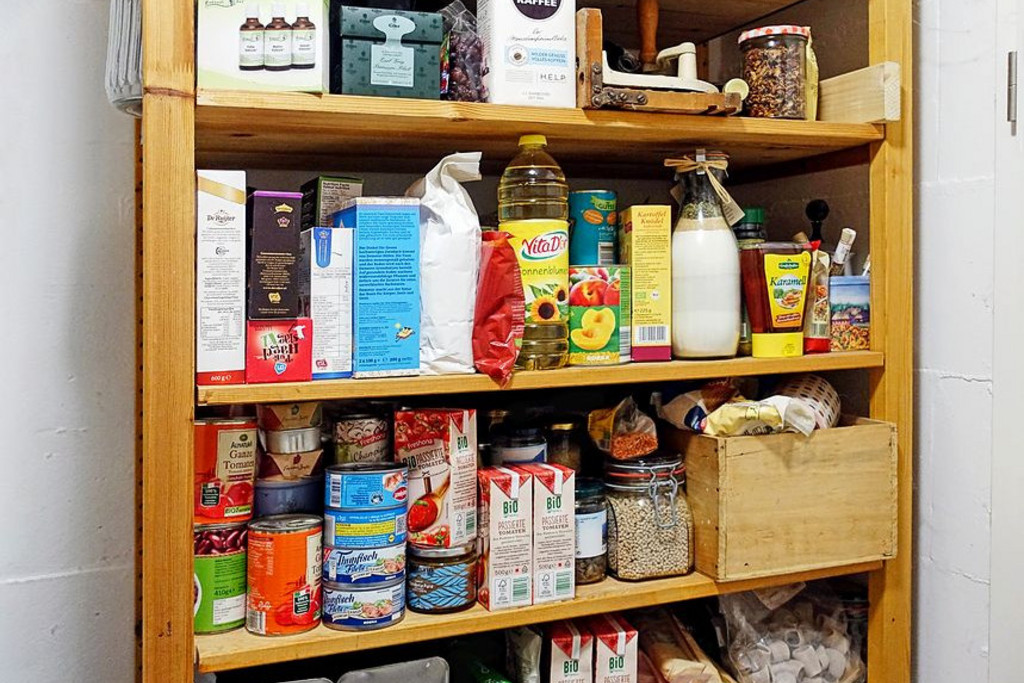





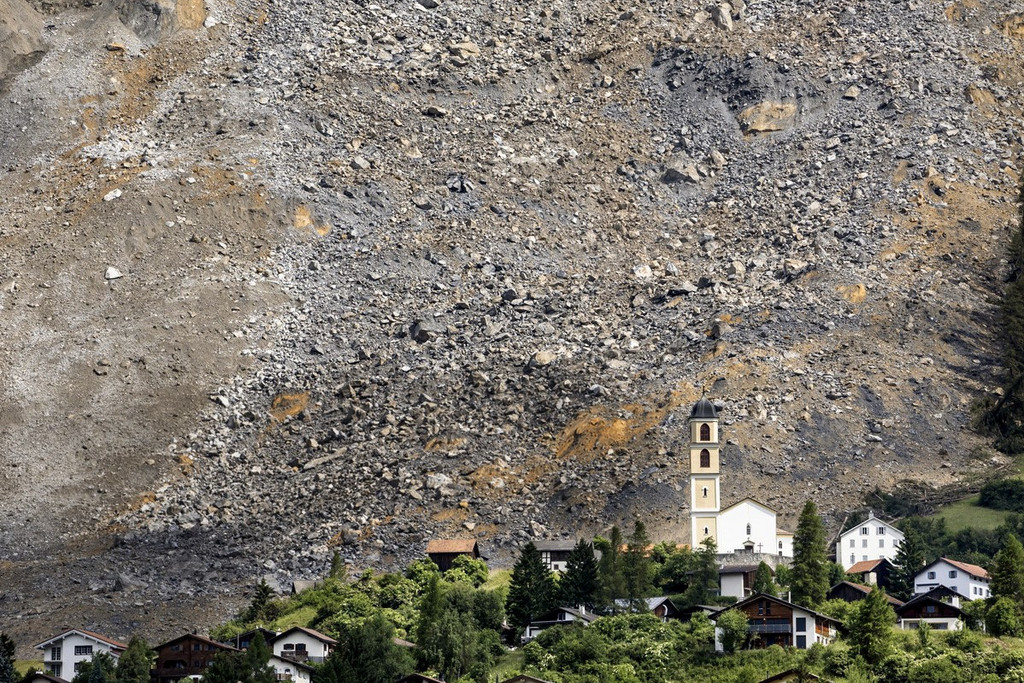




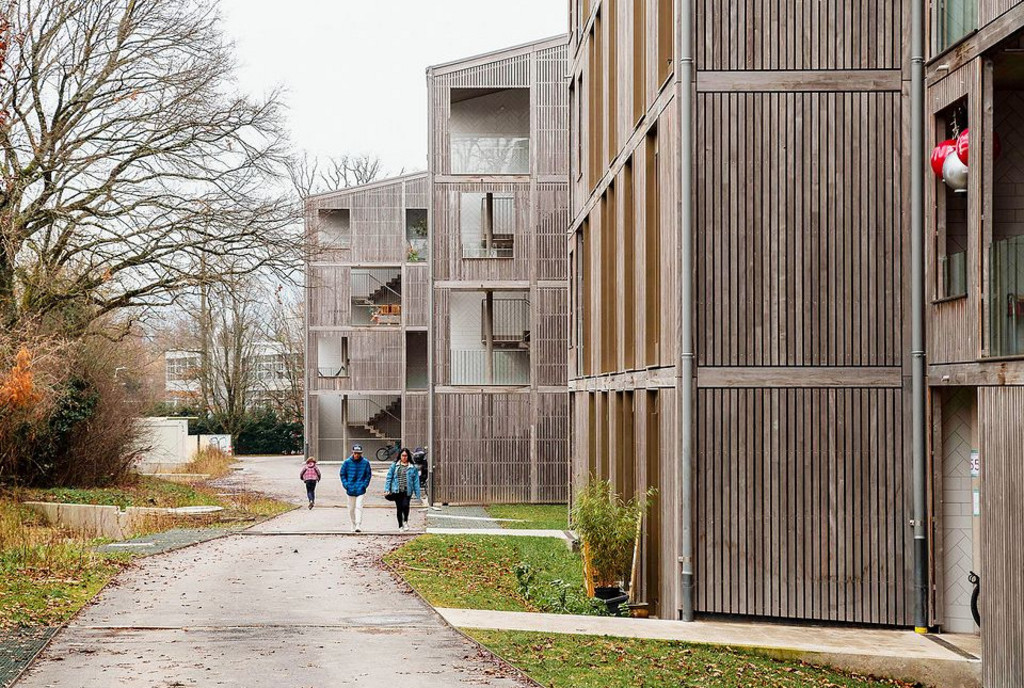
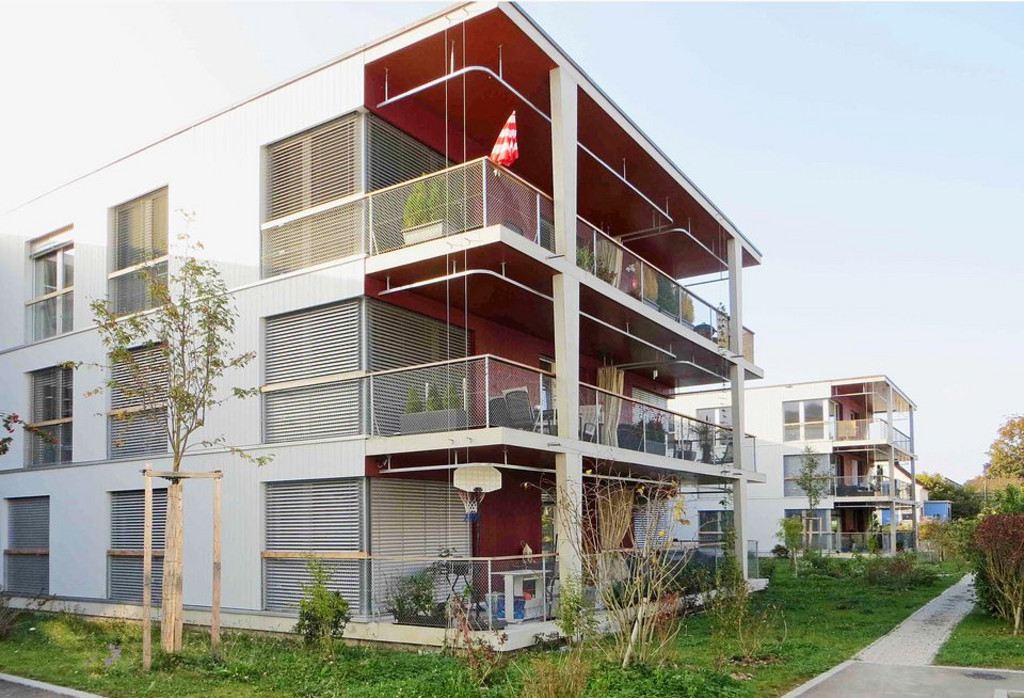
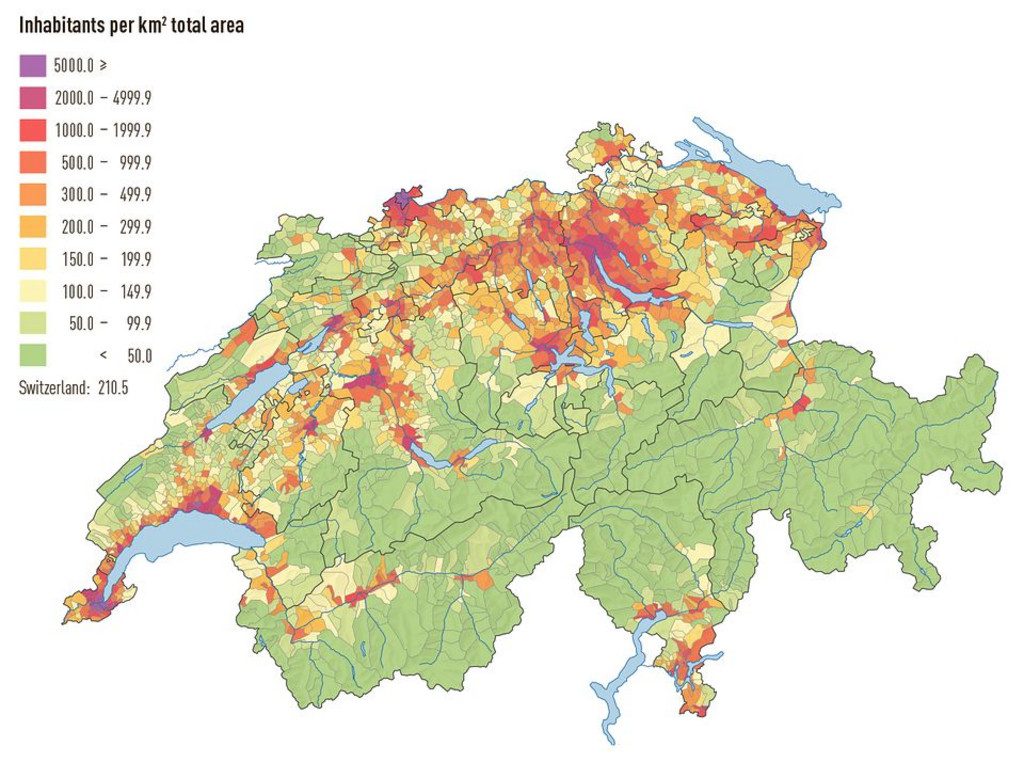
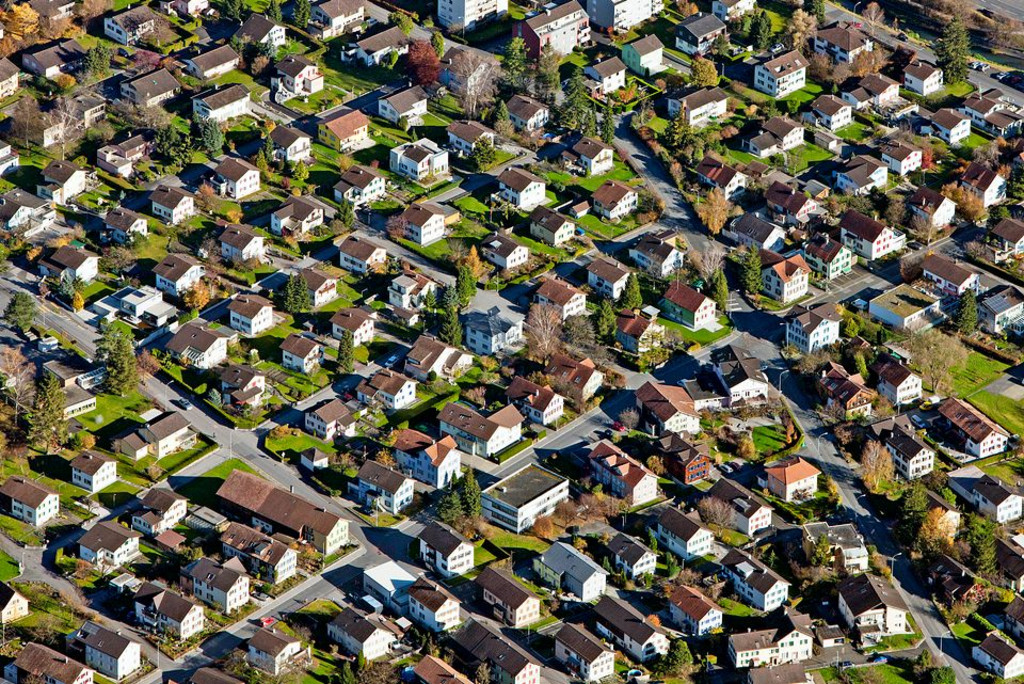
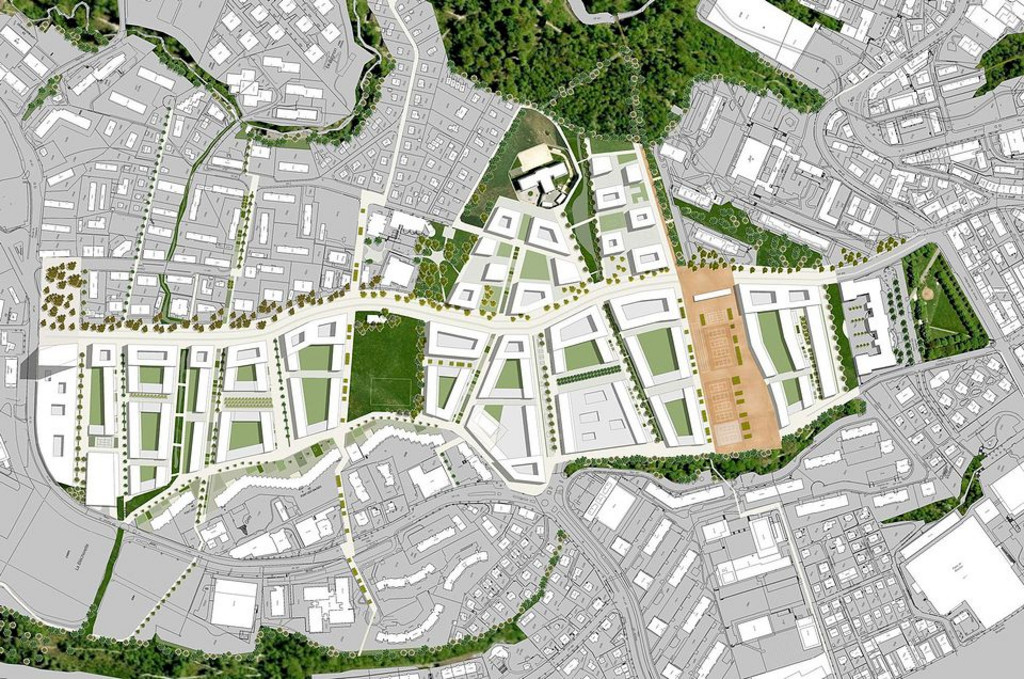
Comments
Comments :
Une voie à explorer: plutôt que de construire 3 immeubles de 5-6 étages pourquoi ne pas en construire 1 ou 2 de 10-15 étages?
Cela permettrait de préserver des espaces verts de même que des quartiers avec villas tout en densifiant les villes. Avec des façades vertes ou avec balcons, il est possible de faire des bâtiments élevés qui ne sont pas nécessairement horripilants. Cela permet aussi d'éviter d'avoir de trop nombreux vis-à-vis comme avec le modèle actuel de densification avec de trop nombreux immeubles de petite/moyenne taille.
One of the goals of Agenda 21 is to re-wild over 50% ( plus an additional 10% for buffer zones around the re-wilded areas) Out of necessity, this will force the human population of the rural lands and into, using Agenda 21 language, "human settlements," Once there, the behavior of humans can be more easily monitored and controlled, thus creating, "sustainability." Tagged affordable housing, Agenda 21, Bike paths, Mass transit, one world governance, one world order, pack and stack housing, redistribution of wealth, smart meters, social justice, socialism, United Nation. urban growth boundary, urban civilization, vehicle mileage travel tax, vibrant communities, walkable communities. "End of Freedom and Welcome Slavery".
En tous cas pas aux suisses moyens mais à des lobbies qui veulent gagner de plus en plus d'argent.
Quand j'étais enfant, j'apprenais à l'école que la Suisse comptait env 6 millions d'habitants ou moins. Qu'en est-il aujourd'hui? La Suisse finira par être une énorme ville avec quelques montagnes peu habitées qui pointeront. Est-ce un gâchis ? A mon avis, oui.
Devons-nous bientôt abriter une population africaine qui double en 20 ans ? Nous allons dans ce sens, hélas.
Accepter aussi de stabiliser le niveau de vie et cesser de consommer 3 planètes pour maintenir coûte que coûte des conditions insoutenables si nous voulons tant soit peu garder un bout de jardin. On constate déjà cette promiscuité en ville qui finira par disloquer la société.
Sobriété, mesure, décroissance, des leitmotivs à se répéter quotidiennement.